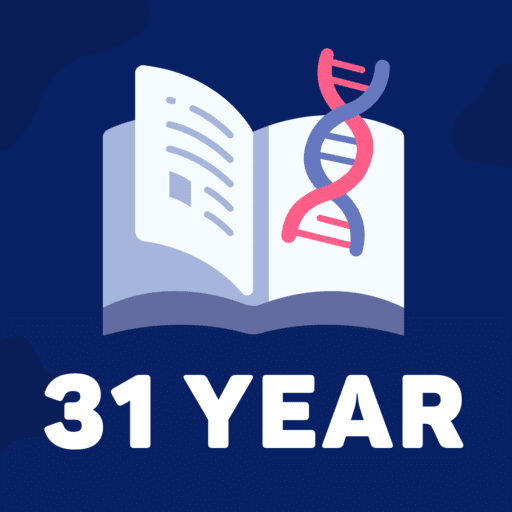
|
INFINITY COURSE
Biology 31 Years NEET Chapterwise Solved Papers150,160 students learning this week · Last updated on Oct 12, 2025 |
|
Join for Free
|
Upgrade to Unlock this CourseUnlock course content with NEET Infinity Package Start the Infinity Experience
|
|
Course Analysis
Tests and Content Analysis

|
Content Viewed -- |

|
Tests Attempted --.-- |

|
Total Attempted Questions --.-- |

|
Total Time on Tests --.-- |

|
Correct : Incorrect Questions --.-- |

|
Average Time Per Question --.-- |

|
Average Rank --.-- |

|
Average Percentile --.-- |

|
Average Accuracy --.-- |
Tests Score analysis
Tests Accuracy analysis
Tests Questions analysis





Biology 31 Years NEET Chapterwise Solved Papers Books
Biology 31 Years NEET Chapterwise Solved Papers Notes PDF Download
Biology 31 Years NEET Chapterwise Solved Papers Previous Year Papers
Important Questions for Biology 31 Years NEET Chapterwise Solved Papers

Contact Support
|
Free Exam Preparation
at your Fingertips!
Access Free Study Material - Test Series, Structured Courses, Free Videos & Study Notes and Prepare for Your Exam With Ease

 Join the 10M+ students on EduRev
Join the 10M+ students on EduRev
|

|







